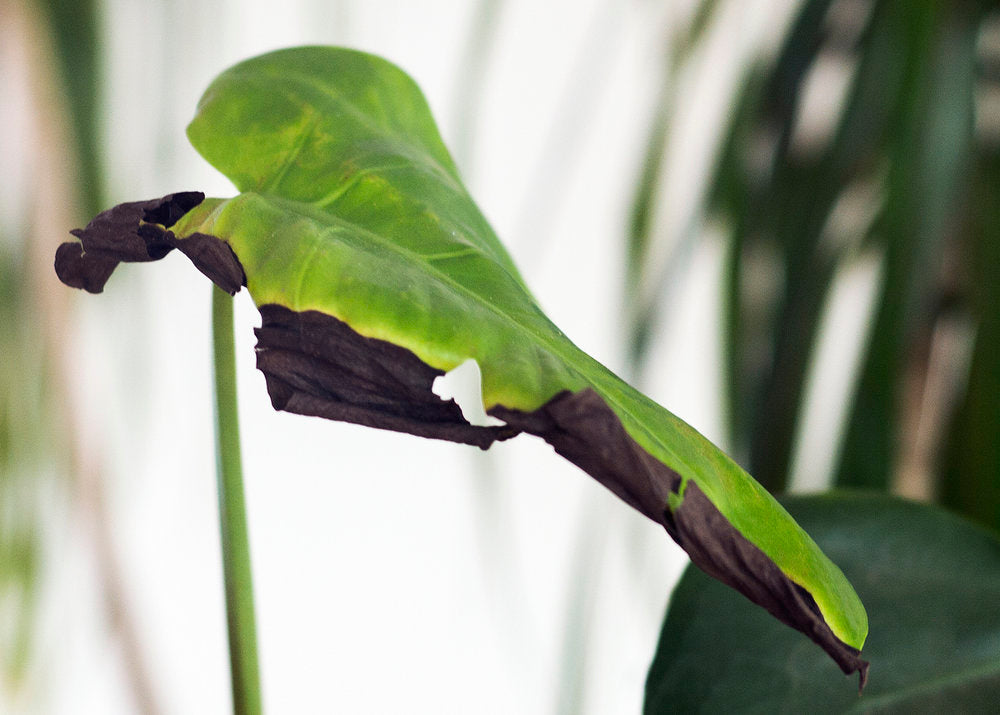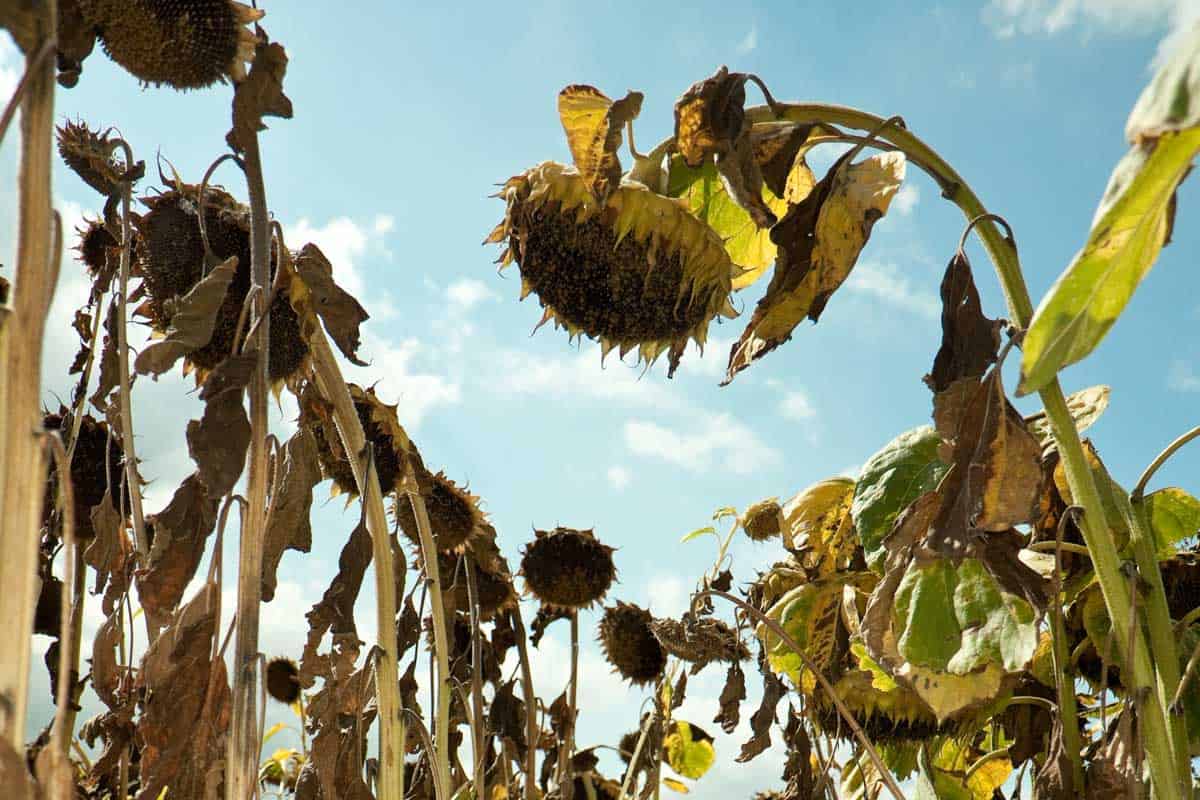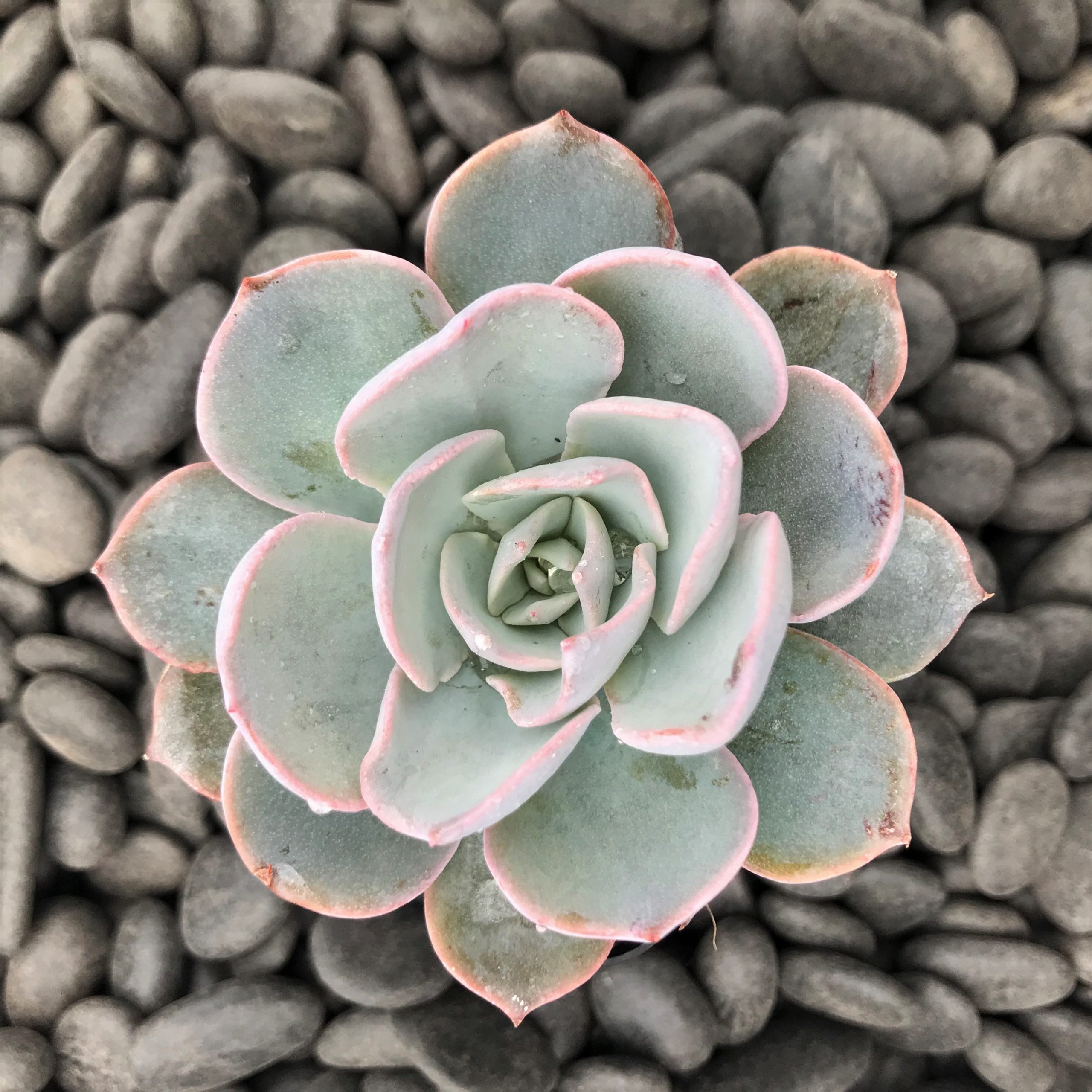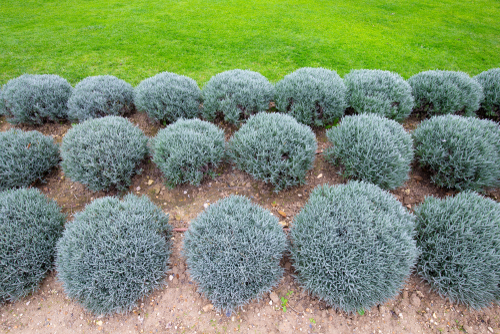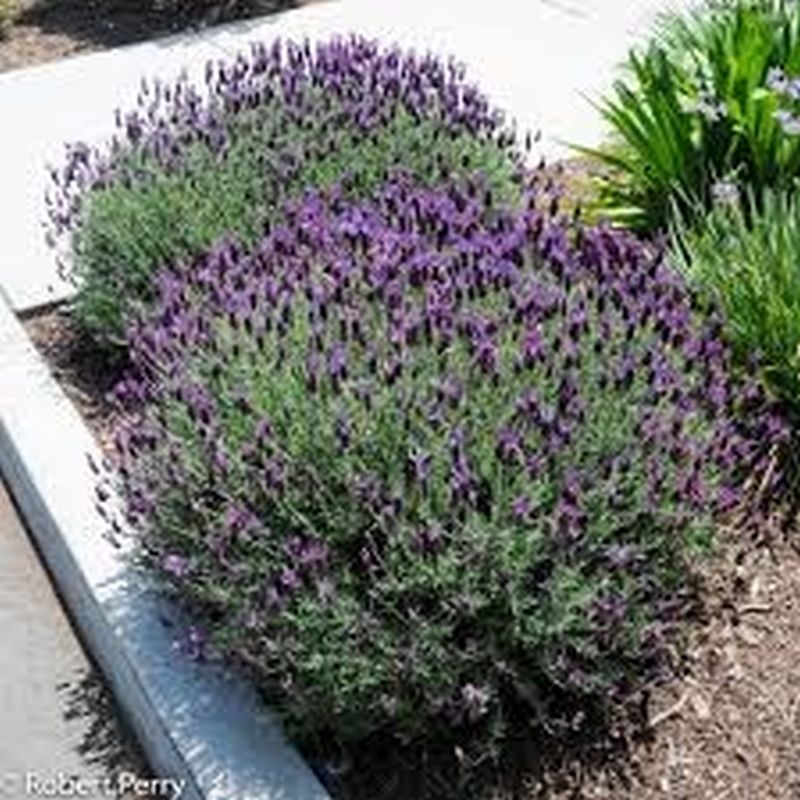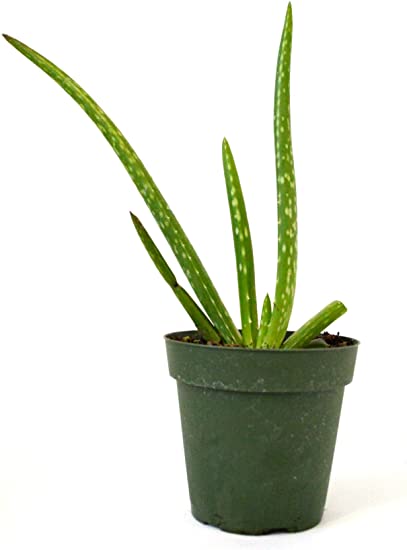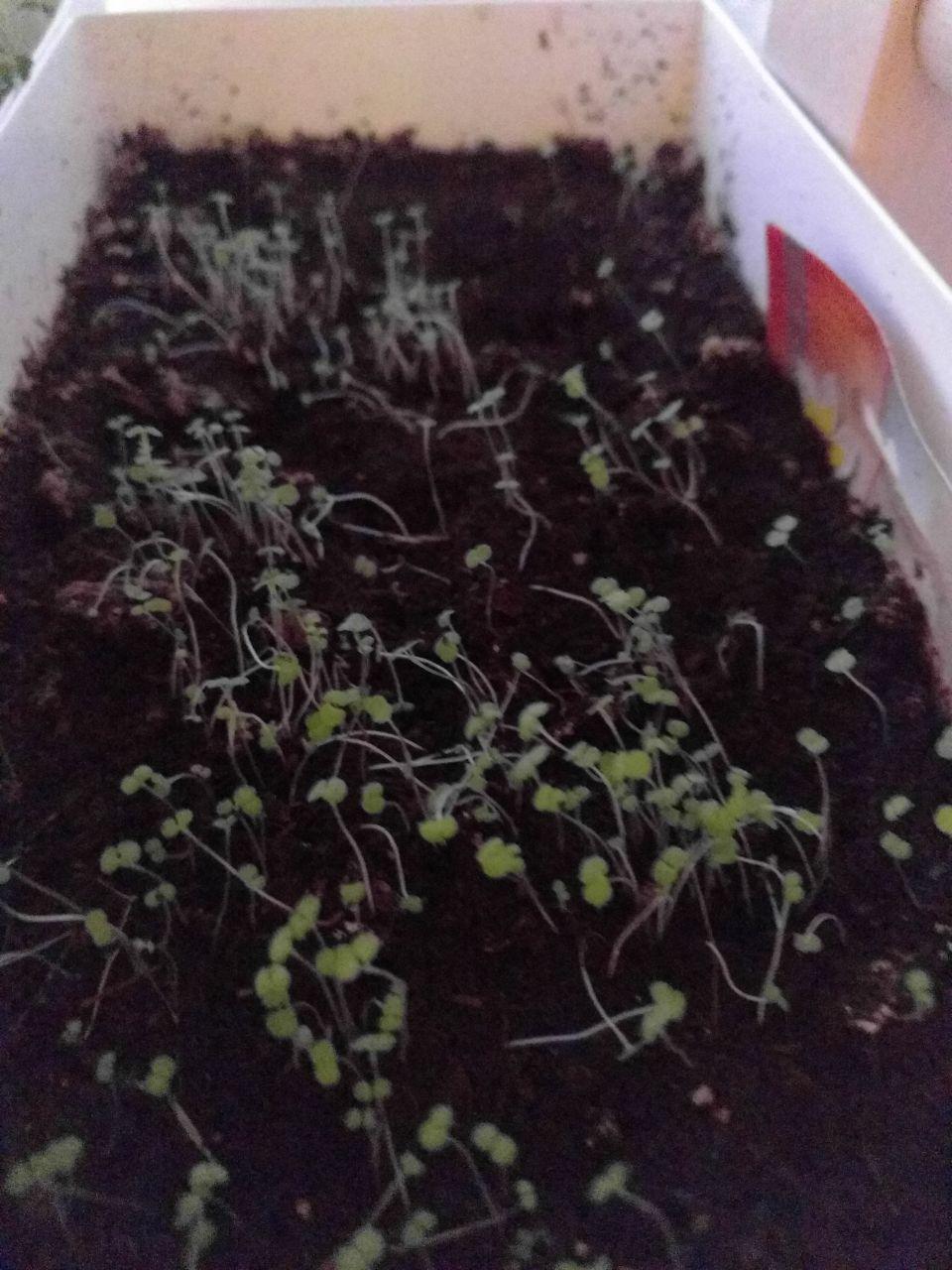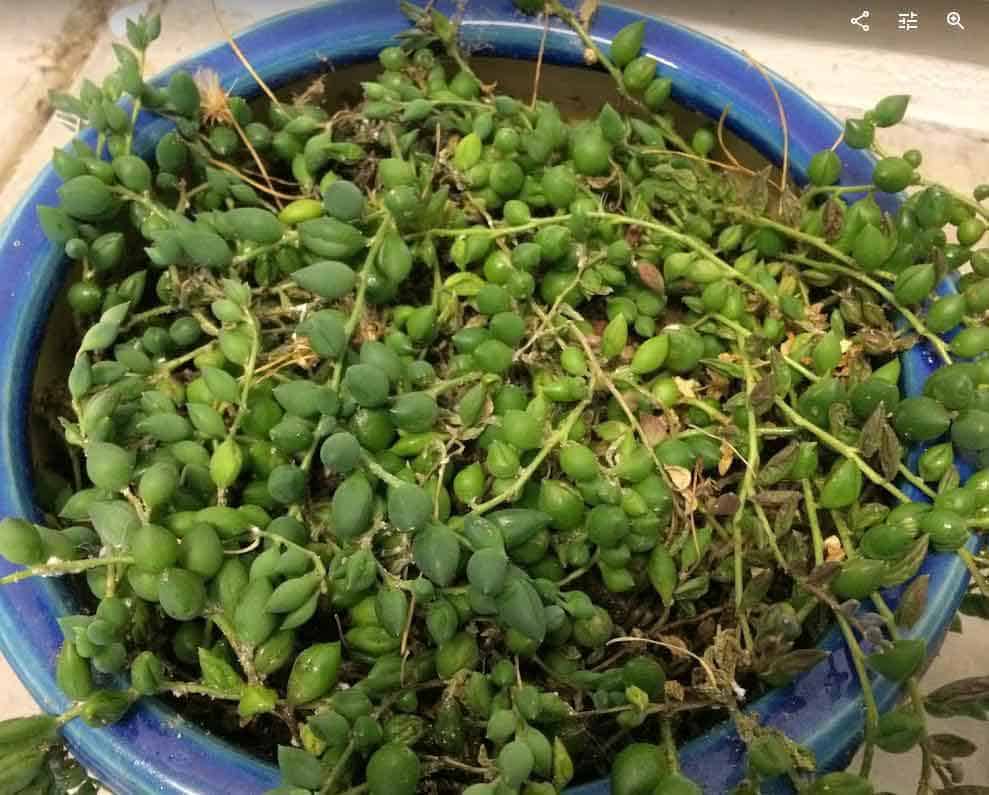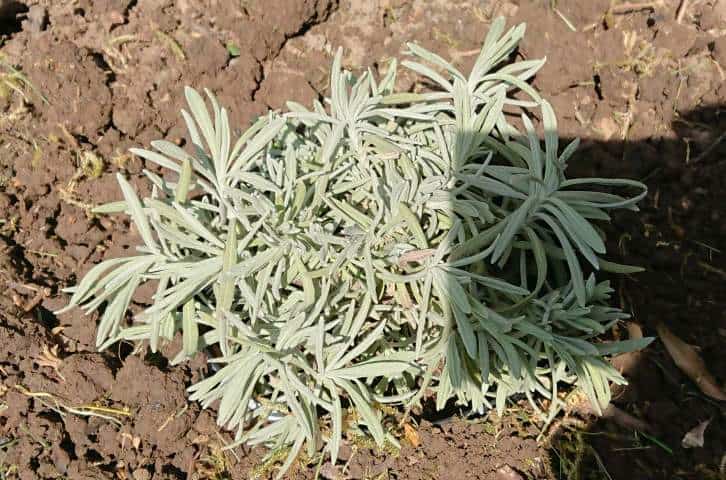Why is My Snake Plant Turning Black (Solutions)
Due to root rot brought on by wet soil surrounding the roots, excessive watering, or high humidity, snake plants turn black. For snake plants to avoid root rot, which turns the leaves black, they need well-draining soil and containers with drainage holes. Keep reading to learn how to put the finest maintenance methods into practice …

